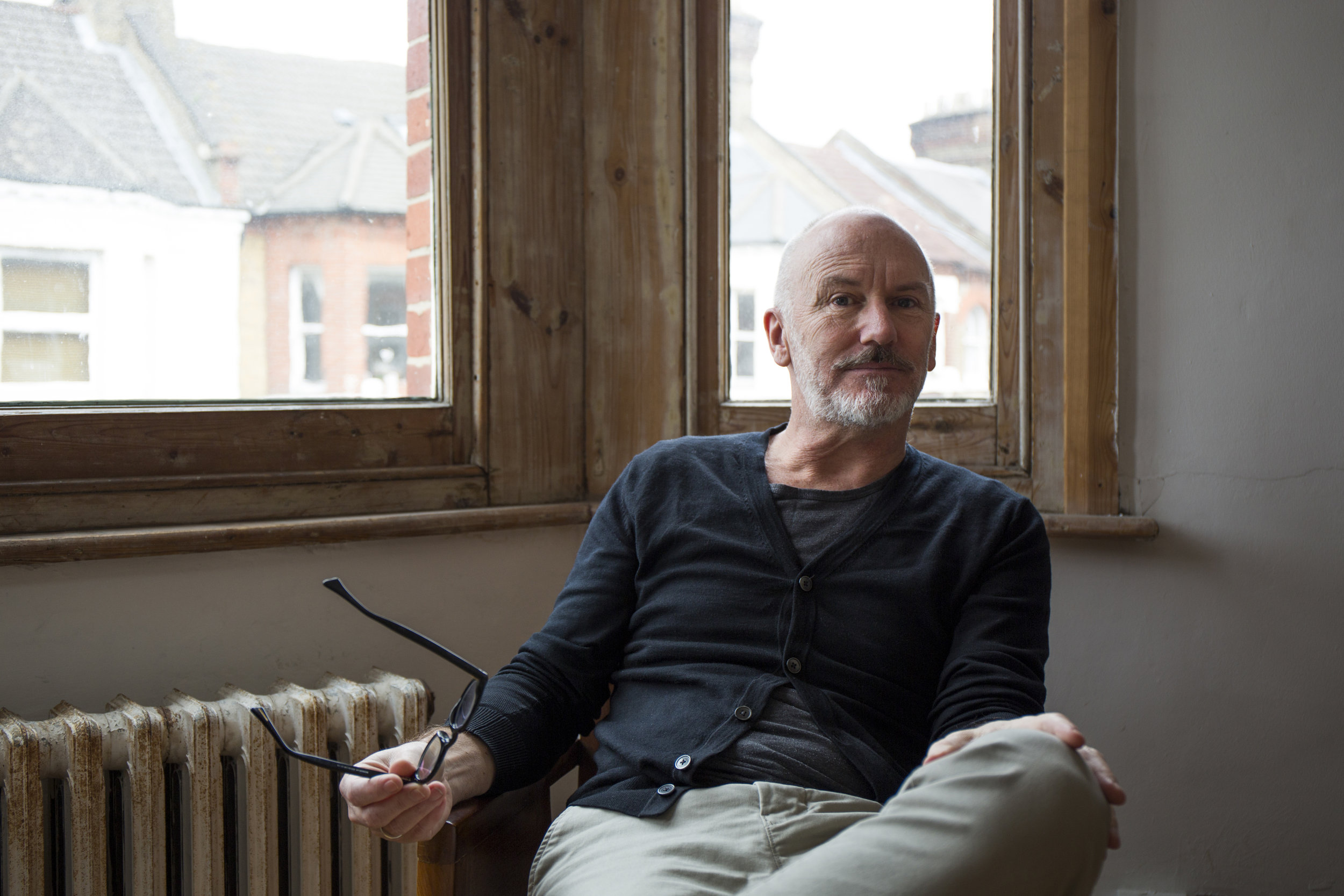Over the past year we worked with a group of students and staff at the world-renowned Royal College of Art in London to develop a series of sonic design experiments, pushing the envelope of sound design and communication.
Learning to Listen: David Blamey
Over the past year we worked with a group of students and staff at the world-renowned Royal College of Art in London to develop a series of sonic design experiments, pushing the envelope of sound design and communication. Listen and find out more below. Check out the full collection here.
| CONTRIBUTORS |
| Photos: Clayton Cavender |
Can you tell us something about your background?
I teach part-time at the RCA and I managed this project for B&O Play. My professional life is divided between making and showing work as an artist, running the independent publishing imprint Open Editions, and teaching.
What inspires you to work with sound?
All my life I’ve been interested in sound, initially through music, growing up clubbing in Brighton. Later I got into cinema and began to focus on film scores and sound design. I loved Jacques Tati’s use of sound in his films, and Satyajit Ray’s movies for their appliance of music to carry a narrative. Then I was a DJ for a while and ran a few short-lived parties in London. More recently I had a minor midlife crisis (or a prolonged moment of clarity, if you prefer) and was a regular at Fabric in London during the club’s first ten years. That got me interested in mixing and making podcasts. A pivotal inspiration though was seeing La Monte Young with his ensemble Theatre of Eternal Music at the Barbican in 1998. His piece 'The First Blossom of Spring' was extraordinary. I fell into my first deep meditation at this concert, discovering an art form that was genuinely transformative in the process.
What is the concept behind your project and how did you make it?
For the last 5 years or so I have taken to travelling with a microphone instead of a camera. Not long ago, while working on a project in India, I had free time to drive around the countryside on a motorbike. At one point I drove off the main road down a dirt track and discovered a patchwork of paddy fields. As it was winter the rice plants were irrigated instead of being watered by monsoon rains. The flow of liquid made an interesting sound that changed every time a variable was introduced to its system: turning a corner; encountering an obstacle; splitting in two paths; backwashing; dropping from a height etc. Essentially my project is a sonic snapshot of the water flowing in this paddy field. Although the piece is site-specific, I’d be delighted if the listener went somewhere else entirely when playing it.
What have you learnt from listening to the world more closely?
The wisdom of Ram Das when he said: “The quieter you become, the more you can hear”.





